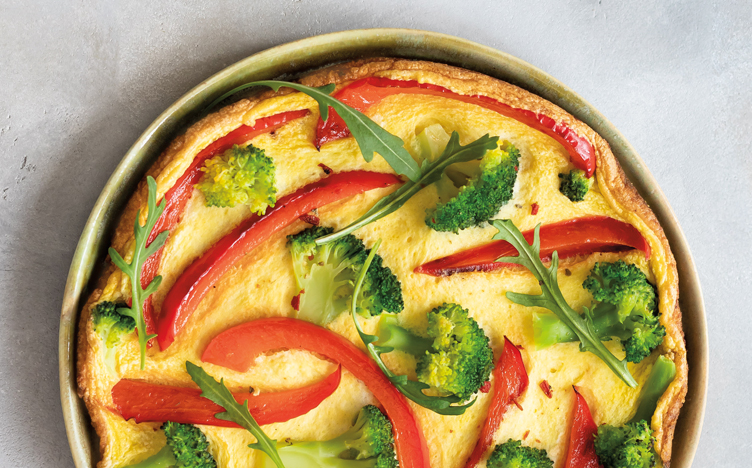The fruitcake — a mixture of dried or fresh fruit, nuts, bread and alcohol — has stood the test of time. And it should; it often seems less a cake than a block of cement. In fact, the U.S. Department of Agriculture says a fruitcake can last six month in your refrigerator, and up to a year if frozen. And depending on who you talk to, it might last much, much longer.
But despite its somewhat infamous reputation as a leaden lump and being the brunt of endless jokes (doorstop, anyone?), this dense dessert soldiers on. In fact, just one bakery in Georgia bakes 90,000 pounds of the stuff each day during the holiday season. And it’s not just the U.S. Whether stollen in Germany, panettone in Italy or black cake in Jamaica, the world seems to love a good fruitcake.
So how did a dessert that’s been around forever, lasts forever and is eaten everywhere get its start? For that, we have to look to ancient Rome.








